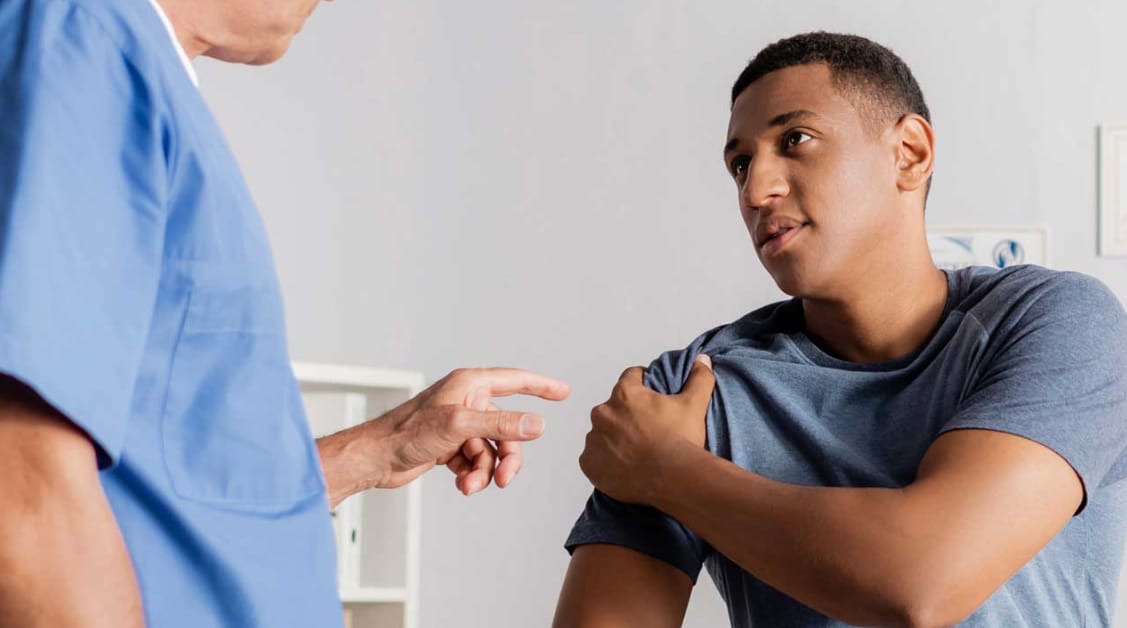When people experience joint stiffness or pain, it can limit their ability to move freely and perform daily activities. One treatment option for improving joint mobility is Manipulation Under Anesthesia (MUA). This procedure can be effective for those who have not had success with other treatments. In this article, we will explore how MUA works and how it can help improve joint mobility in simple terms.
What is Manipulation Under Anesthesia?
Manipulation Under Anesthesia, or MUA, is a medical procedure where the patient is put under anesthesia, and then a trained specialist manipulates the joints and soft tissues to restore movement and reduce pain. This procedure is usually performed by orthopedic doctors or specialized physical therapists who have expertise in this area. The goal of MUA is to improve joint function and flexibility, especially in cases where traditional methods have not worked.
Why is MUA Used?
MUA is often used for patients who have chronic joint stiffness or pain that does not improve with regular treatments such as physical therapy, medication, or exercise. Conditions like frozen shoulder, severe spinal stiffness, or joint contractures can benefit from this procedure. When joints become stiff or immobile, it can be challenging to regain movement through ordinary physical therapy alone. MUA offers an alternative method to help increase mobility.
How Does MUA Work?
During MUA, the patient is given anesthesia to ensure they are relaxed and comfortable throughout the procedure. Once the patient is asleep, the specialist carefully manipulates the affected joints and surrounding tissues. This manipulation involves gentle, controlled movements designed to stretch and loosen the stiff areas. The goal is to restore normal movement and reduce any pain or discomfort associated with joint stiffness.
What to Expect Before the Procedure
Before undergoing MUA, patients will typically undergo a thorough evaluation. This may include physical examinations, imaging tests like X-rays or MRI scans, and a review of their medical history. This helps the specialist understand the exact nature of the joint problems and determine if MUA is a suitable option. The patient will also be informed about the procedure, its benefits, and any potential risks.
Recovery and Aftercare
After the MUA procedure, patients will gradually wake up from anesthesia. It is common to experience some soreness or stiffness in the treated joints initially, but this usually improves within a few days. Patients are often advised to engage in physical therapy or follow-up exercises to help maintain the improved joint mobility gained from the procedure. Regular follow-up appointments with the specialist help monitor progress and address any concerns that may arise.
Benefits of MUA
One of the main benefits of MUA is the potential for significant improvement in joint mobility and function. For many patients, this procedure can provide relief from pain and restore movement that was previously limited. This can greatly enhance the quality of life by making it easier to perform everyday tasks and enjoy physical activities. MUA can also reduce the need for more invasive surgeries and medications.
Risks and Considerations
As with any medical procedure, MUA carries some risks. These may include temporary discomfort, swelling, or, in rare cases, injury to the joints. It is essential for patients to discuss these risks with their healthcare provider and weigh them against the potential benefits. A thorough consultation helps ensure that MUA is the right choice based on individual needs and conditions.
Conclusion
In summary, Manipulation Under Anesthesia (MUA) is a valuable procedure for improving joint mobility in patients who have not found relief through other treatments. By using controlled manipulation while the patient is under anesthesia, specialists can help restore movement and reduce pain in stiff or immobile joints. If you are struggling with joint stiffness and other treatments have not worked, discussing MUA with your healthcare provider might be a helpful step towards regaining your mobility and improving your quality of life.


